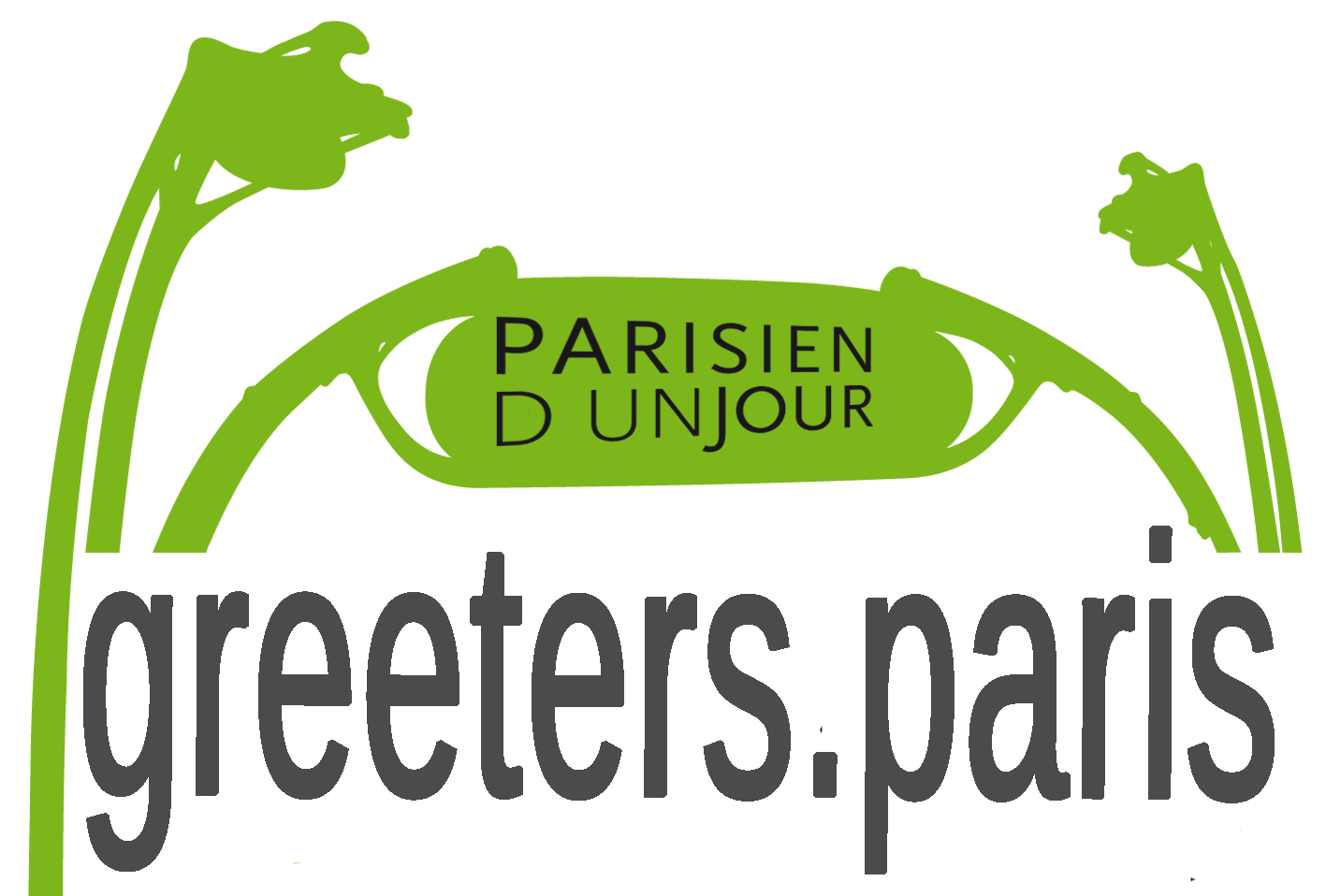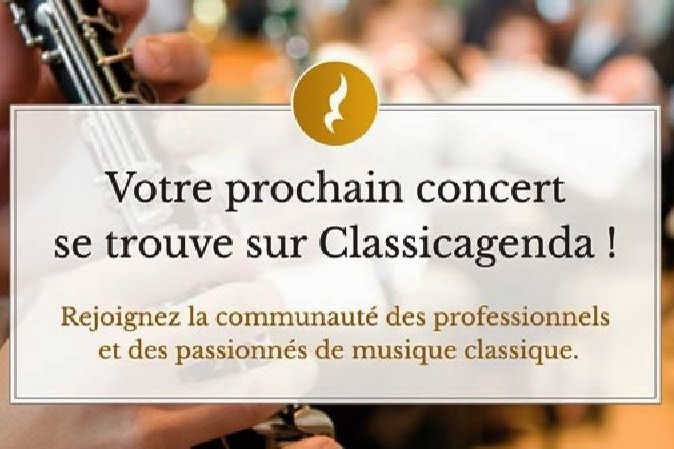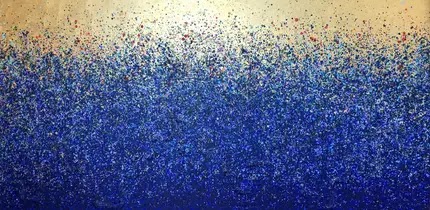31.5.18
28.5.18
A new Palace of Justice

I have
already showed a number of times how the new Palace of Justice, with Renzo
Piano as architect, has risen to become one of the highest Paris buildings –
160 m (525 ft). Well, we don’t wish for any new high buildings in Paris but… the
building is as far from the centre of Paris you can be without leaving the city.
(See map below.) (The Montparnasse Tower
is 210 m high (689 ft) and the Eiffel Tower 324 m (1063 ft).)
The new
Palace (Le Tribunal de Paris) has now been in operation since mid-April.
Just a
little comparison between the 18th century entrance of the old
Palace and the new one. (I would be curious to see the new one in some 250
years.)
Unless
being part of the magistrate administration, you can visit only the lowest of
the “cubes”, six stores, some 90 courtrooms… and during this first visit I didn’t look into
any courtroom, where no photo should be taken during audiences anyhow.
The large
lobby, where you and your lawyer, barrister, may spend a – long - moment before
it’s time to enter a courtroom, is in France referred to as “la salle des pas
perdus”. Knowing a bit of French you may believe that the translation should be
the “hall for lost steps”, considering the long time you may wait here, maybe walking
around. However, “pas perdus” can also be translated as “not lost”, and actually
this may be the real origin of the expression. In 1815, Napoleon had left for St.
Helena and the royalty took over again. King Louis XVIII created a Chamber with
royalists, some even more royalists than the King, and it was quickly decided to have a
new election, where some lost and some didn’t. The non-losers, the “pas perdus”,
met in a large hall at the Palais Bourbon (see previous posts)…which got the name. (Awaiting the results, I guess they had taken a number of steps, the 100 "pas perdus".)
As a comparison
this is what “la salle des pas perdus” looked like in the old Palace (see also previous post)..
The
criminal investigation quarters, which were already part of the old Palace, were
situated on and always referred to as “36, Quai des Orfèvres”, well known from
e.g. George Simenon’s "Commissaire Maigret" novels. They have also moved to this
adjacent building, which, a bit artificially, has kept its famous street number
“36” – now on another street, rue du Bastion.
Rue du
Bastion refers to the last Paris defence wall, the Thiers wall, built during
the 1840’s and for the largest part destroyed during the 1920’s, but here
remains a rather large part, which now is brought back into light and sight. …
and just behind it you can see the only old buildings which have been left
untouched in this area - the opera warehouses with Charles Garnier as
architect (not quite as glorious as the “Opera Garnier”, see previous posts) –
today partly hosting some theatre activities. (I talked about the warehouses
and the wall already here.)
Some higher
courts will still remain in the old Palace (Assize Courts, Courts of Appeal, Cassation),
the “36 Quai des Orfévres” will possibly host some police museum activities… but
there will be a lot of space free.
24.5.18
I missed this one...

Rather
recently I made a post (see here) about doorknockers, handles, knobs… I took pictures in some of the neighbouring streets, but then
missed this one, one of the most spectacular I have seen so far, 5 Avenue Sully-Prudhomme! It’s on the
front door of a “hôtel particulier” from 1913, which was built for a music
editor, Massacrié-Durand, with an important catalogue of especially French
composers (Massenet, Debussy, Saint-Saëns, Ravel…).
I
discovered the story behind the doorknocker, thanks to my blogger friend “Paris-bise-art”
who wrote about it here. He wonders what
the two personalities are supposed to represent… thinking especially about
Bacchus / Dionysos. However, considering the profession of the original owner of the building, I wonder if it possibly
could be Apollo, the God of Music (and Arts, Poetry…) overlooking, with a
friendly smile, a Siren (generally represented with wings), known for their –
dangerous - enchanting music and singing voices… ? I don’t know. Maybe someone
will? But, somehow, the face looks more like Bacchus.... ??
The decorative
relief which can be found above the entrance door is of course also clearly of
musical inspiration…
… whereas
the other ones seem to be more linked to “nature”.
Labels:
Paris 7
21.5.18
Yes, green at last...

Yes, there
are now trees and a lot of green to be found again, once you have reached the
ground level after having arrived at “Les Halles” via one of the underground metro (1, 4, 7, 11) or RER (A, B, D) lines.
I could
perhaps quote what I already wrote in a previous post about « Les Halles »…
« The first market on this spot was established during the 12th century… »,
but you can perhaps rather have a look here - or here and here.
Well, still
regretting why not at least one or two of the Baltard pavilions have been left... After years of work, the empty space in front of the two year old "canopy" has now got its reshaped gardens
– for how long this time? The gardens have in the meantime also been baptised
after Nelson Mandela. On a sunny spring day, they are really nice. A lot
of space giving pleasure to the kids – and their parents. You can watch the
neighbouring Saint Eustache church (see my post here) and, under a “tent”, the
old Chamber of Commerce (see my post here) which is being transformed into
another museum of art – the Pinault Collection (see here), to open in 2019.
Under the
gardens, the several-levels-shopping centre has also in the meantime been
partly reshaped, “cleaned”…. Will “Les Halles” after the demolition of the
Baltard pavilions, almost 50 years ago, at last be a “success story”?
Labels:
Les Halles,
Paris 1
17.5.18
Malmaison
The Château
de la Malmaison is situated in the western suburbs of Paris. It has a long
history and has been rebuilt, modified, during several centuries, but today it looks very
close what it looked like during its most celebrated years, the beginning of
the 19th century, when it was the home of Napoleon and especially of
his first wife, Josephine. Josephine acquired the château in 1799. It needed
heavy restorations, but, decorated in the typical Empire style, she and Napoleon
made it to their major home during the first years of the 19th
century. France was then even often governed from here. The couple divorced in
1809, when Napoleon married the Austrian archduchess Marie-Louise. Josephine
became the only owner of Malmaison … and received frequent visits by Napoleon. She did a lot to embellish the place, maybe especially the gardens. The present
gardens are only a minor part of the original ones... and you could find some
250 rose varieties, trees of all kinds and origins … and animals – including zebras,
antelopes, kangaroos, lamas… . Josephine
died here in 1814. Napoleon came back for a few days in 1815 after his last
abdication, just before leaving for St. Helena.
The château
was first taken over by Josephine’s son, Eugène de Beauharnais, later by a
Swede (Jonas-Philip Hagerman – I talked about him here), later again by an
ex-Queen of Spain, then by Napoleon III… and even later by Daniel Iffla, "Osiris" (I talked
about him here), who bequeathed it to the French State. It’s now a museum, so
let’s take a visit.
… Josephine’s
bedrooms, the official one (with the bed on which she died) and a second one,
which she preferred…
… and the
kind of camp bed on which Napoleon was laid, dead, 1821, at St. Helena, a bed brought back
to France.
Labels:
Malmaison
14.5.18
Just a walk...
I had some
reasons to be in this part of Paris and took the opportunity to look around.
Nothing very special… just a “normal” part of Paris. I first found this tiny
street, Cité Industrielle, one of many that were created in the middle of the
19th century, with a mixture of small industries (as the street name
indicates) and housing. There are actually two parts of the same street, one
more austere and another one, after having crossed another small street, more “welcoming”.
There is a
little square where you cross the street. It seems that the inhabitants (or some of them) are
really strongly opposed to any kind of decoration of the walls.
So, in the
greener part of the little street (see also top picture) there is even a very
tiny theatre… and a little piece of street art, a cat by the famous Miss.Tic!
I decided
to walk down the Boulevard Voltaire from Place Léon Blum to Place de la Nation
(see previous posts). If I had gone in the other direction I would have reached
Place de la République (see previous posts). This quite Haussmannian boulevard
which was opened in 1857, and in the beginning was named Boulevard du Prince
Eugène, was (of course) renamed in 1870 to its present name. This boulevard is one of the most used itineraries
for all kinds of political demonstrations.
Talking
politics, very close to the boulevard, you will find the Jupy Gymnasium,
originally built as a market place in 1870, but in 1894 transformed to a
gymnasium, used for sports events, but also very often for political meetings.
You can somehow say that this is where - during a 1899 meeting - it was decided
to create the French Socialist party. But the place has later been used by all
political “colours” not only by the left, still for sports events and even for fashion shows. Unfortunately, the Gymnasium is however especially well-known for having been a place where Jews were assembled
during the Nazi occupation, before being transferred to Drancy… and to Auschwitz…
One of the
political speakers at the Jupy Gymnasium was of course Léon Blum,
One building
has a bust of Alexandre Dumas (père) and a long list of his works on the facade. This is on
the corner of Rue Alexandre Dumas where he had his home for a while – the building
is gone.
There is
one industrial building from 1901 where one once used to manufacture all kinds
of equipment for games, billiards… the inscriptions are still there but not the
manufacturing.
Labels:
Paris 11
Subscribe to:
Posts (Atom)





























































